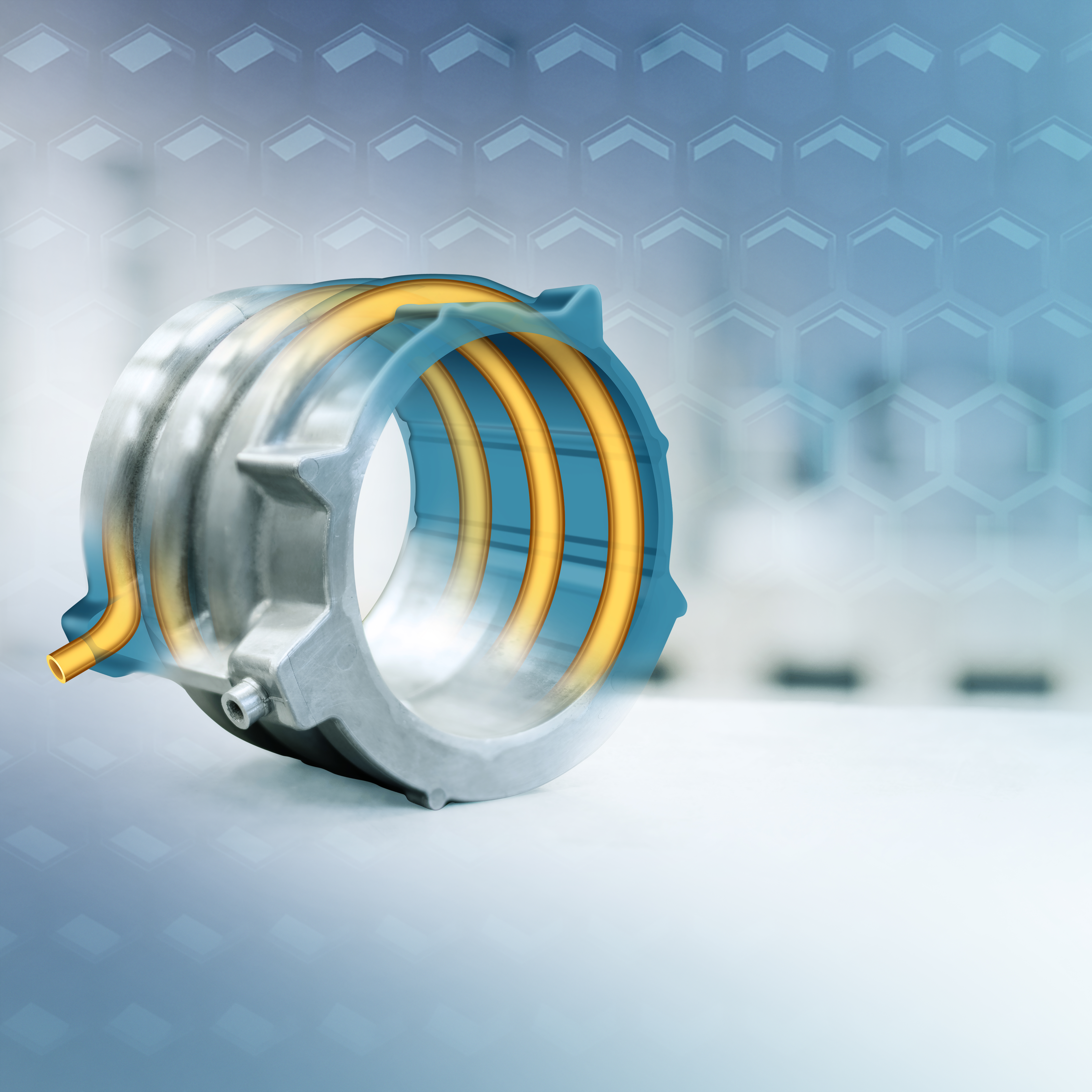Highest efficiency from production to use phase
Fraunhofer IFAM has been working on electromobility and the casting of electric drive components since 2008. The focus is on the development and testing of new casting concepts and design methods for electric motor castings. The field of expertise has been expanded to include the analysis and evaluation of castings for the body construction of electric vehicles, with a particular focus on giga-casting.
Research and development activities focus, for example, on the casting of tubular or hollow structures in housings for cooling electric motors, batteries or power electronics. Especially for asynchronous machines, our experts develop measures to optimize cast rotors. The patented Fraunhofer concept of the cast coil opens up completely new possibilities for increasing the performance of electric drives compared to conventionally wound wire coils for automobiles, pedelecs, eBikes or scooters. The requirements for subsequent transferability of the developments to series production are always taken into account.
Our interdisciplinary, close cooperation between the fields of "casting technology" and "electromobility" creates an optimal constellation of know-how that enables a holistic view of manufacturing aspects with a focus on casting technology, structural design and electromagnetic design for the successful production of components for electric drives.
Our main areas of research:
 Fraunhofer Institute for Manufacturing Technology and Advanced Materials IFAM
Fraunhofer Institute for Manufacturing Technology and Advanced Materials IFAM









